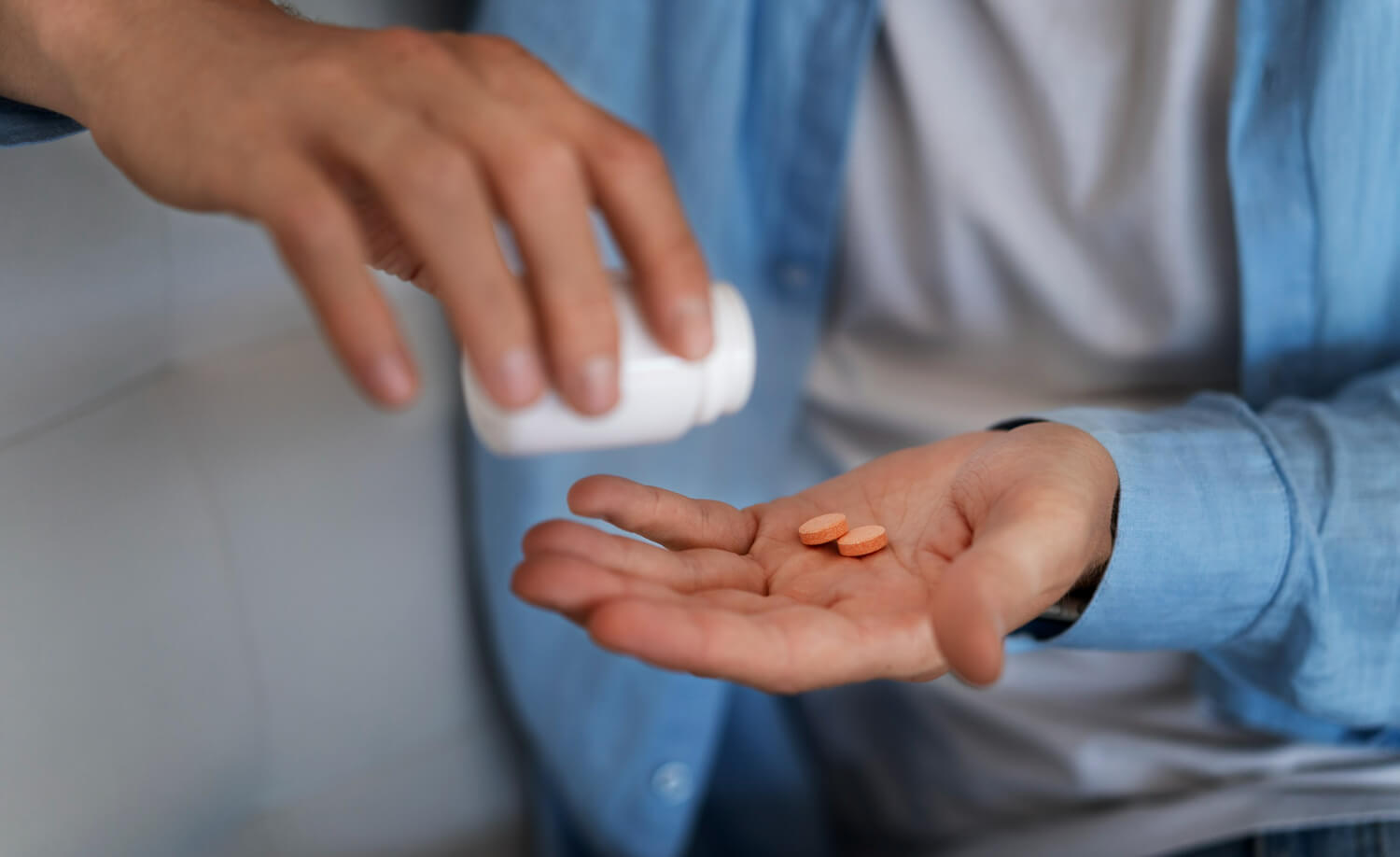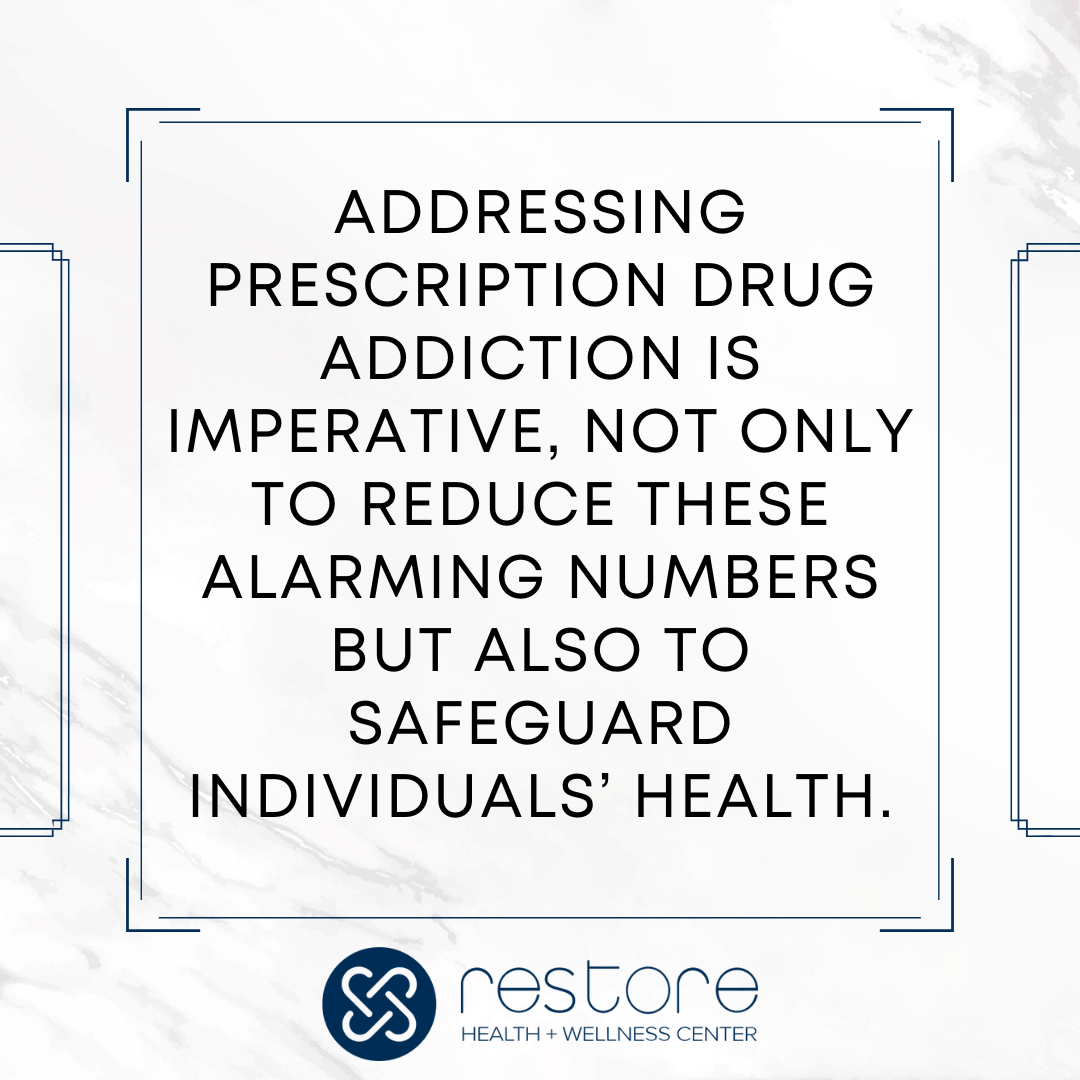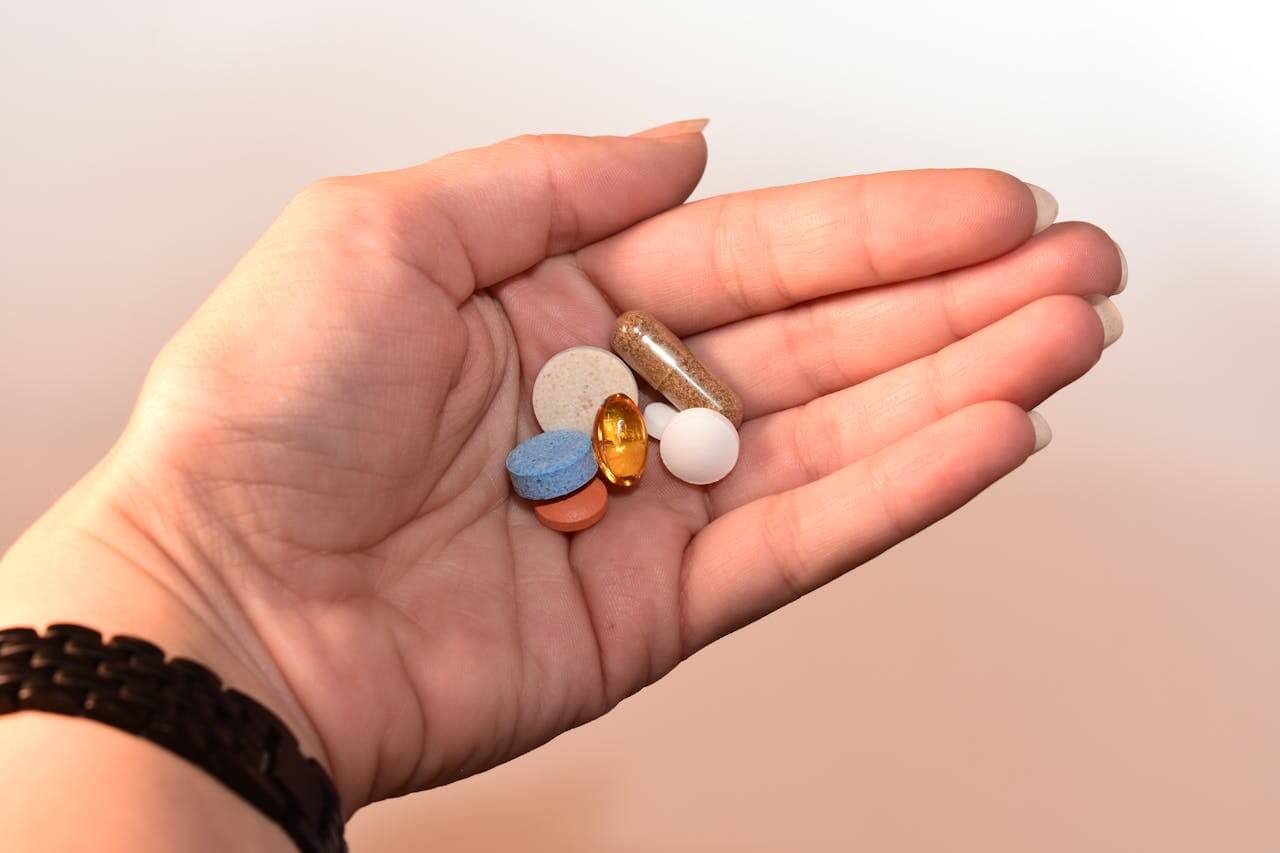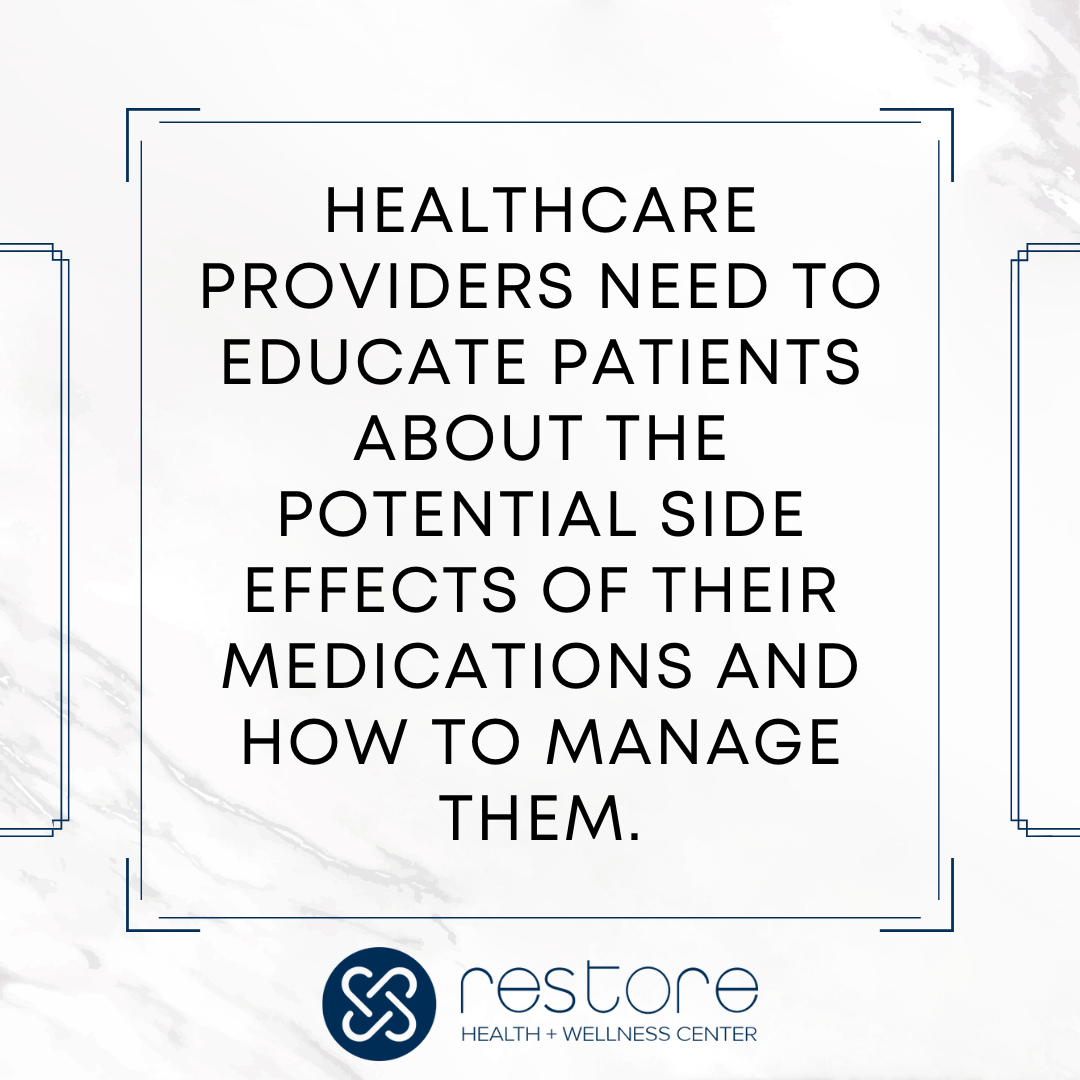
Prescription drug addiction is a growing concern globally. It involves the compulsive use of medication without medical necessity or something different from what is prescribed. According to the National Institute on Drug Abuse (NIDA), nearly 18 million Americans aged 12 and older misused prescription medications in 2017 alone. This figure underscores the critical need for preventive measures.
Addressing prescription drug addiction is imperative, not only to reduce these alarming numbers but also to safeguard individuals’ health. This includes improving public safety, and alleviating the economic burden on healthcare systems.
By understanding and tackling the root causes and implementing effective interventions, we can help prevent the devastating consequences of this issue on individuals and communities alike.

Understanding Prescription Drug Addiction
Misuse of prescription drugs involves taking higher doses than prescribed, using the medication more frequently, or taking drugs prescribed for another person. This behavior is distinctly different from following a prescription correctly, which involves using medications strictly according to the medical advice and guidelines provided by healthcare professionals.
Among the various prescription medications, opioids, sedatives, and stimulants are the most commonly associated with addiction risks:
- Opioids. These are highly effective drugs for relieving pain, but they also carry a high risk of addiction due to their euphoric effects. Examples include medications like oxycodone, hydrocodone, morphine, and fentanyl.
- Sedatives. This category includes benzodiazepines (often prescribed for anxiety or as sleep aids), such as diazepam, lorazepam, and alprazolam. This prescription drug affects the brain’s neurotransmitter gamma-aminobutyric acid (GABA), which reduces brain activity, helping to calm anxiety and induce sleep.
- Stimulants. Commonly prescribed for attention deficit hyperactivity disorder (ADHD) and narcolepsy, stimulants such as amphetamine-dextroamphetamine (Adderall) and methylphenidate (Ritalin) increase alertness, attention, and energy.
All these prescription medications, when not used properly (taking higher doses to achieve similar effects), often lead to dependence that might need urgent addiction treatment.

https://www.pexels.com/photo/person-holding-medication-pill-and-capsules-1424538/
Recognizing the Risk Factors
Drug addiction can affect anyone, but certain groups are more susceptible due to various factors ranging from biological to environmental. Recognizing who is at risk is crucial for preventing addiction and providing timely intervention.
Here are the key demographics and factors that increase the vulnerability to prescription drug addiction:
- People with Chronic Pain: The prolonged use of painkillers increases the likelihood of developing a tolerance, which can lead to higher dosages and potential addiction.
- Teens and Young Adults: Young people are particularly at risk due to their susceptibility to peer pressure and their tendency to experiment with drugs. Aside from marijuana and alcohol, prescription drugs are the most commonly misused substances among teenagers in the US.
- Individuals with Mental Health Disorders: Those suffering from anxiety, depression, or other mental health issues may misuse sedatives and stimulants prescribed for their conditions as a way to self-medicate, inadvertently leading to addiction.
- Previous Substance Abuse History: Individuals who have a history of substance abuse, including alcohol, are at a higher risk of developing an addiction to prescription medications.
- Healthcare Professionals: Surprisingly, healthcare professionals themselves are at a higher risk due to both the stressful nature of their work and their easier access to prescription medications.
- Older Adults: The elderly often take multiple prescriptions, increasing the risk of drug misuse due to the potential for confusion about correct dosages.

Proper Prescription Management
Healthcare providers at rehab programs play an important role in preventing prescription drug addiction through responsible practices and patient education. One key strategy is to prescribe the lowest effective dose for the shortest duration necessary to alleviate symptoms. This approach helps minimize the risk of tolerance and dependence.
Another equally important way is to ensure patient adherence to prescribed instructions. Healthcare providers should clearly communicate the risks associated with prescription medications and the importance of following dosage instructions precisely. Patients should be encouraged to ask questions and seek clarification if they are unsure about how to take their medications properly.
Additionally, healthcare providers need to educate patients about the potential side effects of their medications and how to manage them.
Alternative Pain Management Strategies
Non-addictive pain relief options can provide effective alternatives to prescription medications. Here are some examples that are used in IOP Los Angeles and other parts of the US:
- Physical therapy
- Acupuncture
- Non-opioid medications, such as nonsteroidal anti-inflammatory drugs (NSAIDs) and acetaminophen, can be used to manage pain without the risk of opioid addiction.
These options can be particularly beneficial for individuals who are at risk of developing PDA or who prefer non-pharmacological approaches to pain management.
Another way is to use a holistic approach to pain management, which is essential for addressing the physical, emotional, and psychological aspects of pain. This approach considers the individual as a whole and may include interventions such as counseling, stress management techniques, and mindfulness practices. Through the use of a holistic approach, reliance on prescription medications is possible, improving the quality of life for individuals living with chronic pain.

Conclusion
Overall, prescription drug addiction prevention involves understanding the risks associated with prescription medications and implementing strategies to reduce overdose or dependence. Healthcare providers play a crucial role in preventing addiction by prescribing the lowest effective dose for the shortest duration necessary and closely monitoring patients for signs of misuse or dependency.
Patients can also reduce their risk of addiction by following instructions and seeking alternative pain management strategies, such as physical therapy, acupuncture, and non-opioid medications. The use of all the alternative approaches to pain management and calming anxiety are all possible ways to achieve sobriety.
If you need reliable healthcare relevant to your situation, we at Restore are very willing to help reduce reliance on prescription medications and improve your overall well-being.












